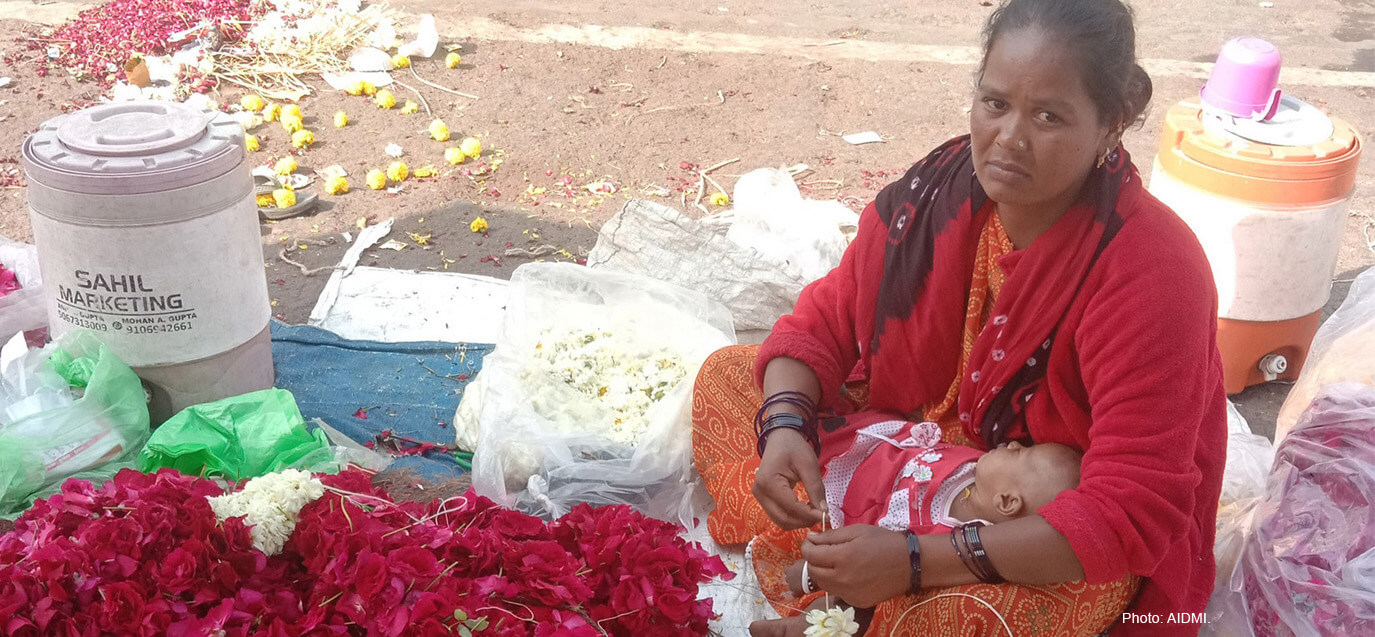
By Dr P G Dhar Chakrabarti, Chair Professor, Ramakrishna Mission Vivekananda University, West Bengal, India (Based on a telephonic interview)
With its diverse geography and climate, India is no stranger to heatwaves. Over the years, we’ve witnessed their devastating impact firsthand, from soaring mortality rates to crippled agricultural yields. While commendable efforts have been made to address this growing concern, our approach to heatwave preparedness needs a critical reassessment. We must move beyond a solely mortality-centric approach and embrace a more holistic strategy that safeguards lives, livelihoods, and long-term well-being.
Firstly, it’s crucial to acknowledge the uneven distribution of heatwave risk across India. For instance, regions in Northwest and Central India are particularly vulnerable due to a confluence of geographical factors and socio-economic conditions. Gangetic plains of West Bengal and Bihar are particularly vulnerable due to the impact of wet bulb temperature. Tailoring heat action plans to these regional nuances is not an option but a necessity.
Secondly, while existing heat action plans have successfully reduced mortality rates, their narrow focus on saving lives during peak heatwave periods needs broadening. These plans overlook the cascading and long-term socio-economic impacts that last long after the mercury dips. Daily wage earners lose income, agricultural produce wilts under the scorching sun, and healthcare systems strain immensely.
A truly comprehensive approach to heatwave preparedness must address these multifaceted challenges. We need to invest in robust early warning systems that provide vulnerable communities with timely and actionable information. Public awareness campaigns should go beyond basic health advisories and educate citizens on coping mechanisms, available resources, and government support systems.
Furthermore, we must explore innovative solutions to mitigate the economic impact of heatwaves. Expanding crop insurance schemes to cover heatwave-related losses can provide a much-needed safety net for farmers. Similarly, a network of cold chains can save perishable goods like fruits, vegetables, and dairy products. Temporary financial assistance programs can help daily wage earners cope with income loss during extreme heat events.
And finally, building community resilience should be paramount. Empowering local communities to identify their unique vulnerabilities and develop context-specific solutions is crucial. This includes promoting traditional heat adaptation practices, strengthening community healthcare infrastructure, and fostering collaborative knowledge-sharing and resource mobilisation networks.
The fight against heatwaves is not just about preventing deaths and illness; it’s about safeguarding the well-being of our citizens and ensuring a secure future for all. By adopting a comprehensive approach encompassing early warning, community empowerment, and socio-economic resilience, we can mitigate the multifaceted risks of heatwaves and build a more resilient India.
Photo caption: “When it is hot, our flowers wilt and lose their colour quickly. This makes it hard to sell them, and we struggle to make a living.” – A flower seller in Ahmedabad. Photo: AIDMI.
Disclaimer: The views expressed in this piece are those of the author/s and do not necessarily reflect the views or policies of AIDMI.